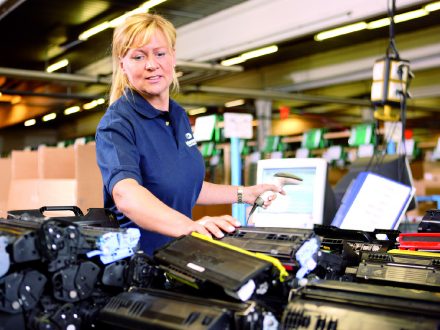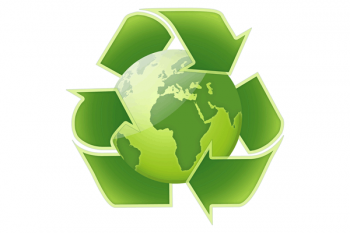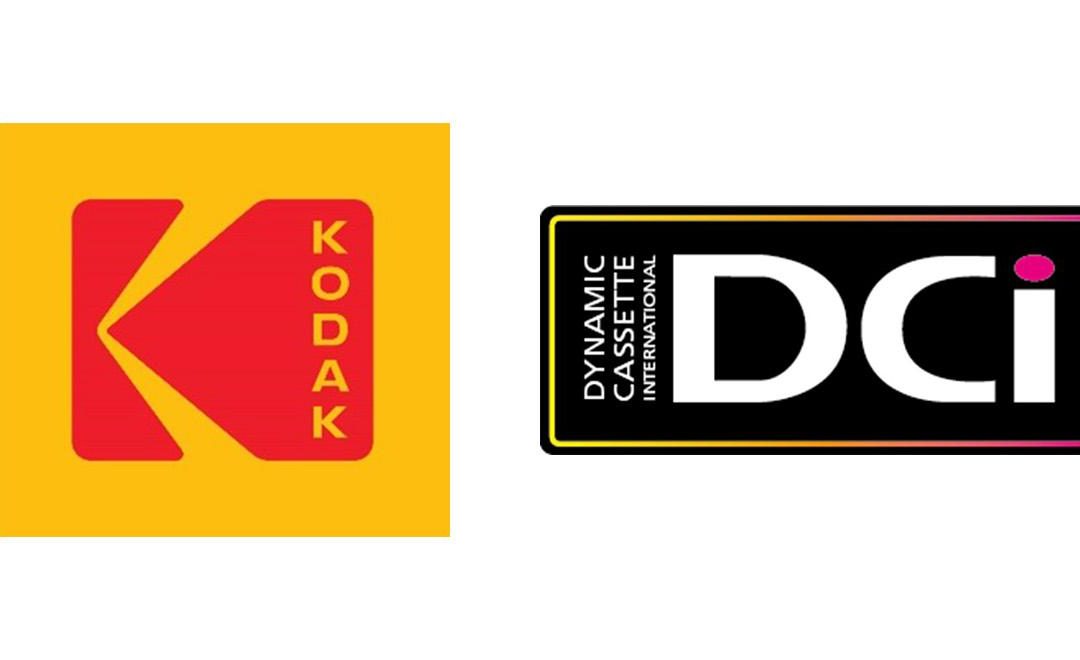
Credit: ALBA Group
A new study conducted by the Fraunhofer Institute for Environmental, Safety and Energy Technology on behalf of environmental service provider INTERSEROH has shown how reusing toner cartridges can have a significant positive impact on greenhouse gas emissions.
According to the study, the reuse of a single cartridge compared to the production of a new one saves 4.49 kg of greenhouse gas emissions. In addition, per cartridge, 9.39 kg worth of primary resources are spared.
By comparison, the recycling of a defective cartridge saves 0.41 kg of greenhouse gas emissions and 1.94 kg of resources.
The investigation provides evidence of the environmental benefits of a consistent Reuse strategy. As a result, according to the will of the Federal Government, used toner cartridges will increasingly be reprocessed and refilled in the future; an appropriate regulation for the treatment of WEEE is said to be “in the works”.
Tom Reidick, Managing Director of INTERSEROH Product Cycle GmbH, has commented: “By processing and recycling the toner cartridges collected by Interseroh alone, we were able to save as many climate-damaging greenhouse gases in 2017 as 3.530 cars in Germany emit in one year. The potential is huge.”
“Our study shows once again the indispensable contribution of the recycling of products for climate and resource protection,” emphasised Dr. Markus Hiebel, Head of Sustainability and Resource Management at Fraunhofer UMSICHT. “Reusable toner cartridges significantly relieve the burden on the environment – and can still be recycled at the end of their product life cycle.” Wherever possible, the Fraunhofer experts recommend that professional reprocessing and reuse of recycling should be preferred.
INTERSEROH Product Cycle GmbH has been providing various collection systems for empty printer cartridges and toner cartridges for many years. In 2017 alone, it was able to take back around 1.4 million used cartridges. Of these, half were recycled; the other 50 percent mostly went into recycling due to damage or lack of demand. According to calculations of the Fraunhofer Institute, this recycling practice saved some 6,300 tons of greenhouse gas emissions and 13,100 tons of primary resources.









